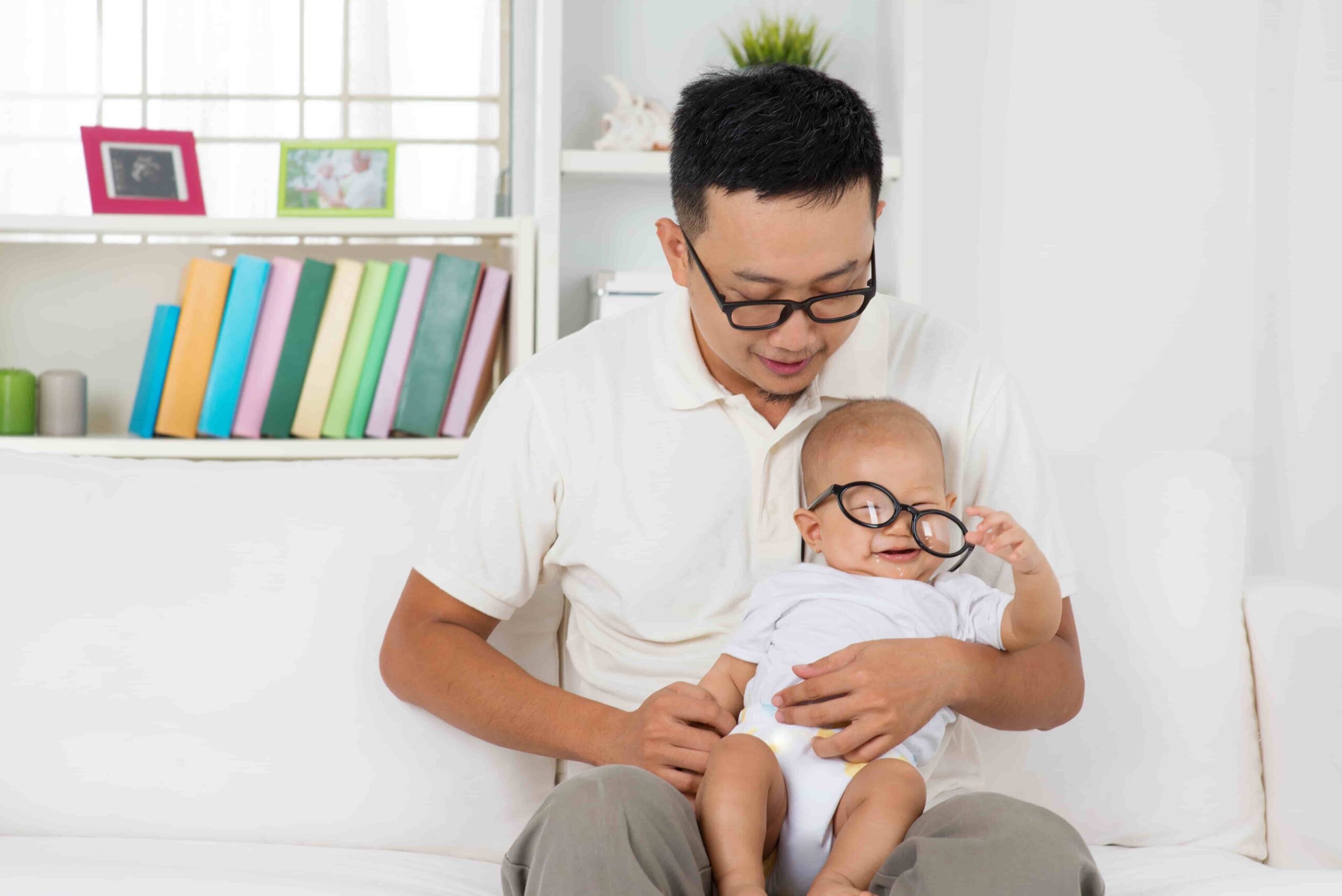You are now being directed to a third party website. Please note that this website is for convenience of the user. spectacularkids is not collecting, storing, or accessing any personal data of the user, and all the information collected, stored, and accessed herein is with the third party https://myeyedoctor.in/ website. You expressly consent to share all your details with https://myeyedoctor.in/

Vision disturbances in the eye often affect the ability of the eye to see objects clearly. Myopia, also known as nearsightedness is an eye defect in which the near vision is normal while the distant vision remains blurred. The retina is the part of the eye that is responsible for forming an image on its surface. In Myopia, the light entering the eye is brought to focus before reaching the retina. Hence, the image cannot be formed correctly on the retina. The chief causes of Myopia are structural defects in the structure of the eye. Either the eye lens becomes too curved or the depth of the eyeball changes. If a person has Myopia, he/she is likely to experience eyestrain, tiredness, and headache. The affected people will also be not able to see distant objects clearly such as a road signs.
The risk of Myopia is also associated with heredity. Parental Myopia is likely to affect the onset of Myopia in children. The risk of progressive Myopia may be higher in those with both parents being myopic. The risk of Myopia also varies with the gender with females being at a greater risk as compared to males. A research study conducted by the American Academy of Ophthalmology investigated the association of parent Myopia with refractive error in children aged 6 to 72 months. The analysis cohort included around 9793 children. Maternal and paternal Myopia was associated with a greater prevalence of Myopia in the study participants. Early-onset Myopia in parents (before the age of 12 years) was strongly associated with myopic refractive error in children as compared to those with adult-onset parental Myopia.
In a study, Correction of Myopia Evaluation Trial (COMET), the number of myopic parents was directly related to Myopia progression among the children wearing single-vision lenses. Alterations in axial length and progressive Myopia have been associated with parental refraction. In the children with two myopic parents, Myopia progression and increase in axial length were slower in the group wearing progressive-addition lenses. A meta-analysis evaluated the observational studies to investigate the association between Myopia in parents and children. The odds ratio of giving birth to a child with Myopia was high when one parent had Myopia and the risk was higher when two parents had Myopia. The findings also supported the evidence that children of two parents with Myopia had a greater risk of developing Myopia as compared to those with one myopic parent.
An analysis of Myopia in three generations revealed that the odds of having Myopia for the grandparents, parents, and children's generations were 0.06, 0.26, and 0.35, respectively. Having myopic parents increased the odds ratio for having Myopia (odds ratio 1.85 for children's generation and 6.71 for parents' generation), showing a genetic influence. Due to the genetic influence, the risk of Myopia increases in the children of myopic parents. A study that quantified the association between parental Myopia and juvenile Myopia also revealed that children with Myopia were more likely to have parents with Myopia and were likely to spend more time studying and reading as compared to sports activities. The observed association of parental Myopia in children from various studies suggests the role of genetic susceptibility in early-onset Myopia in children. In addition to heredity, independent factors from the home and school environment also contributed to the early occurrence of Myopia in children.